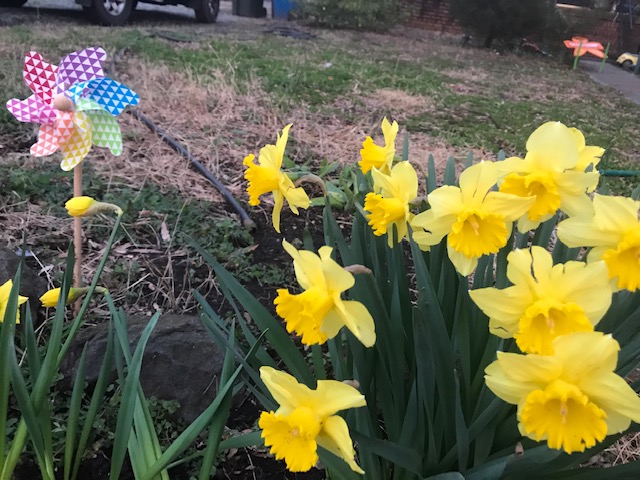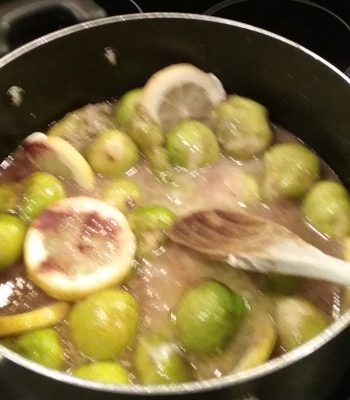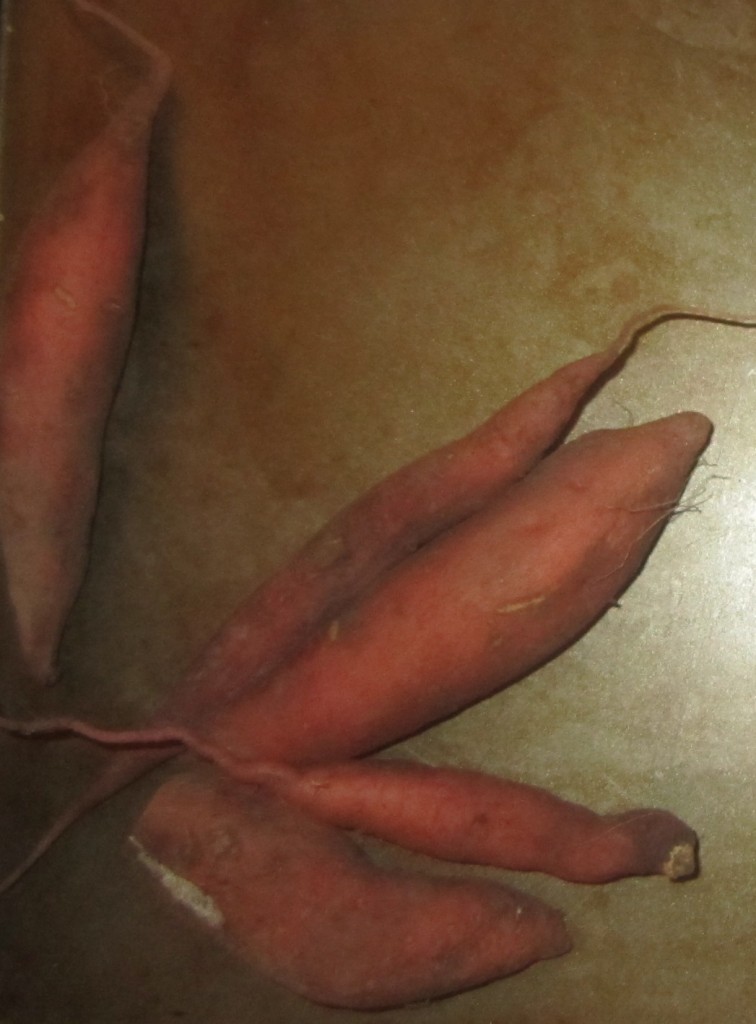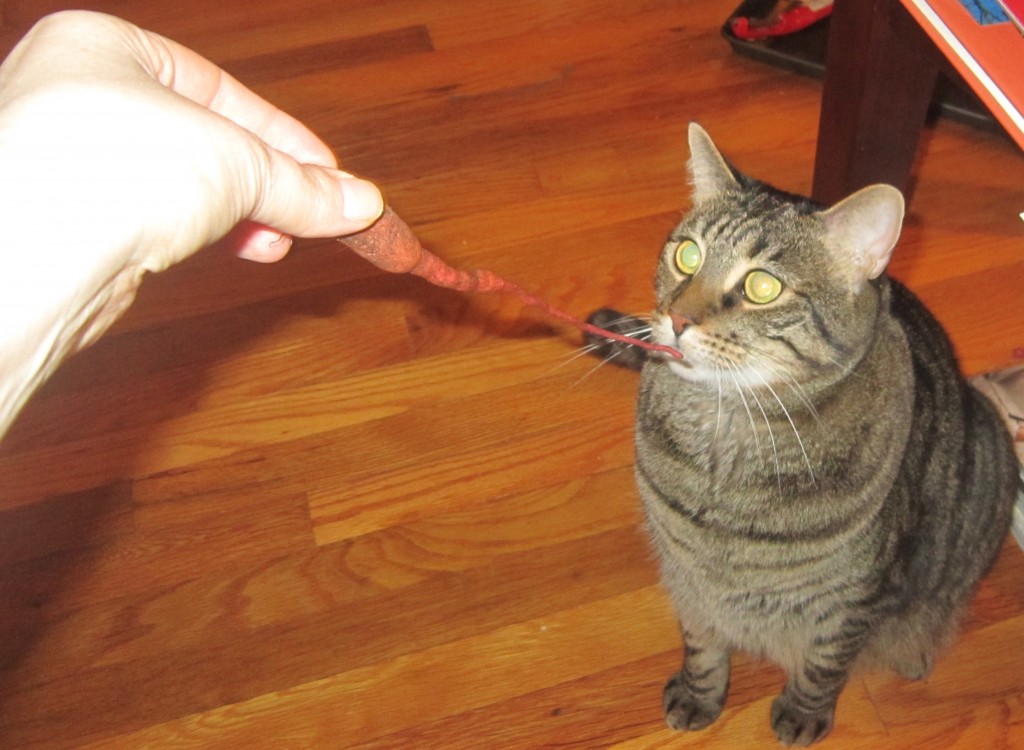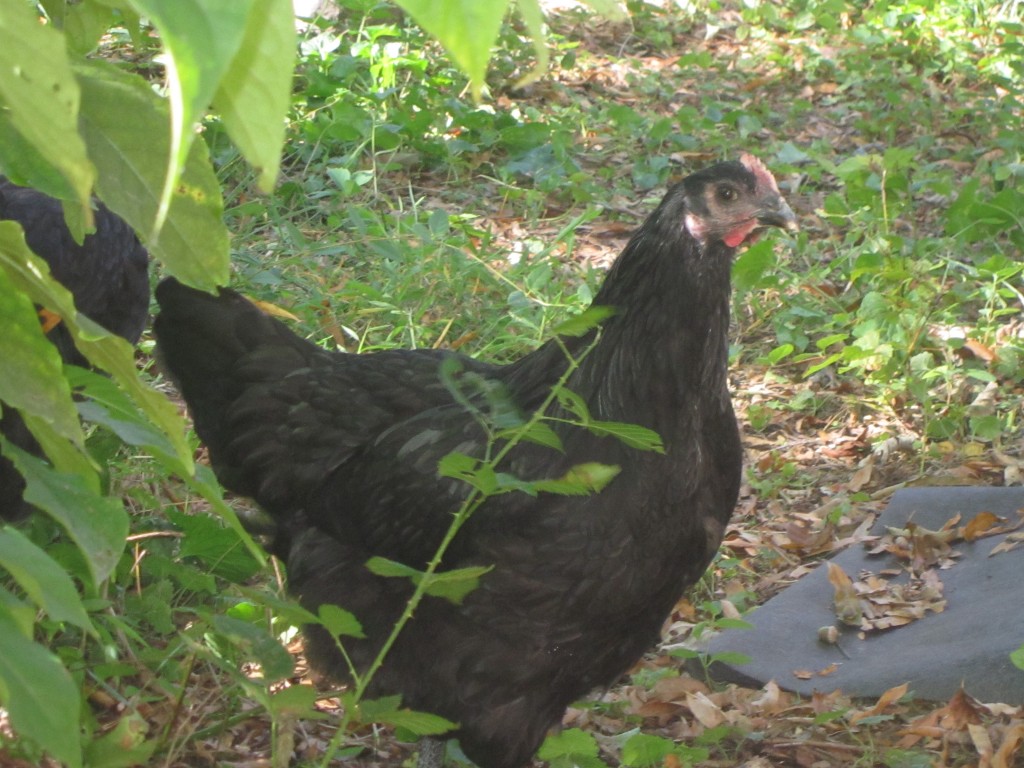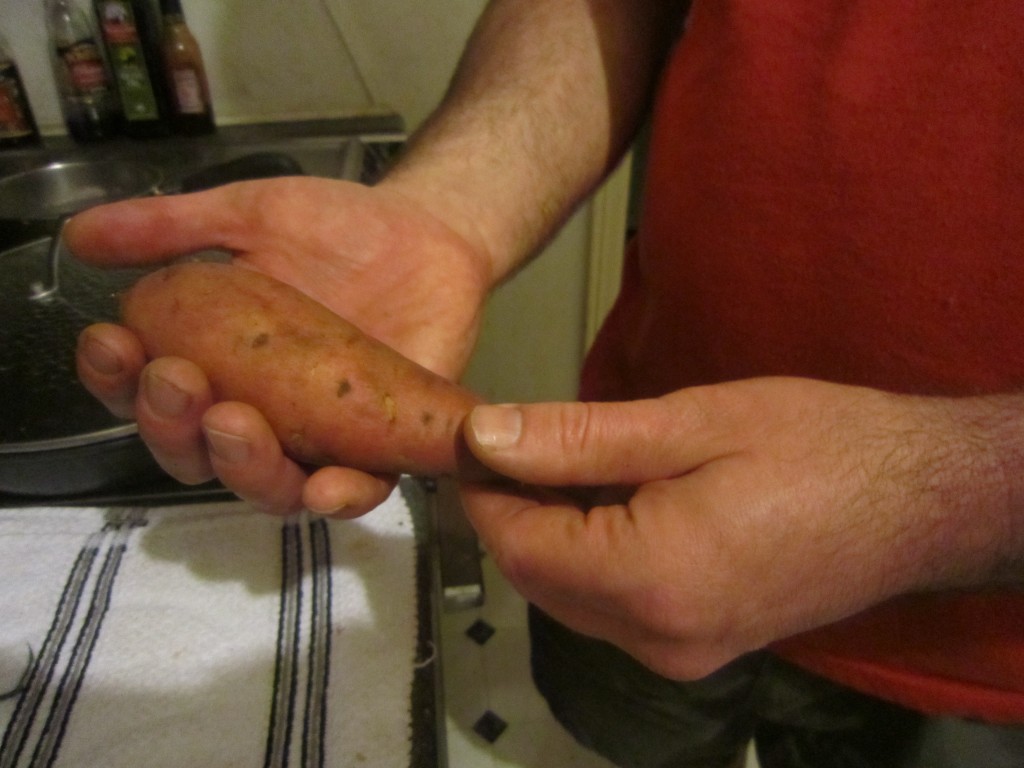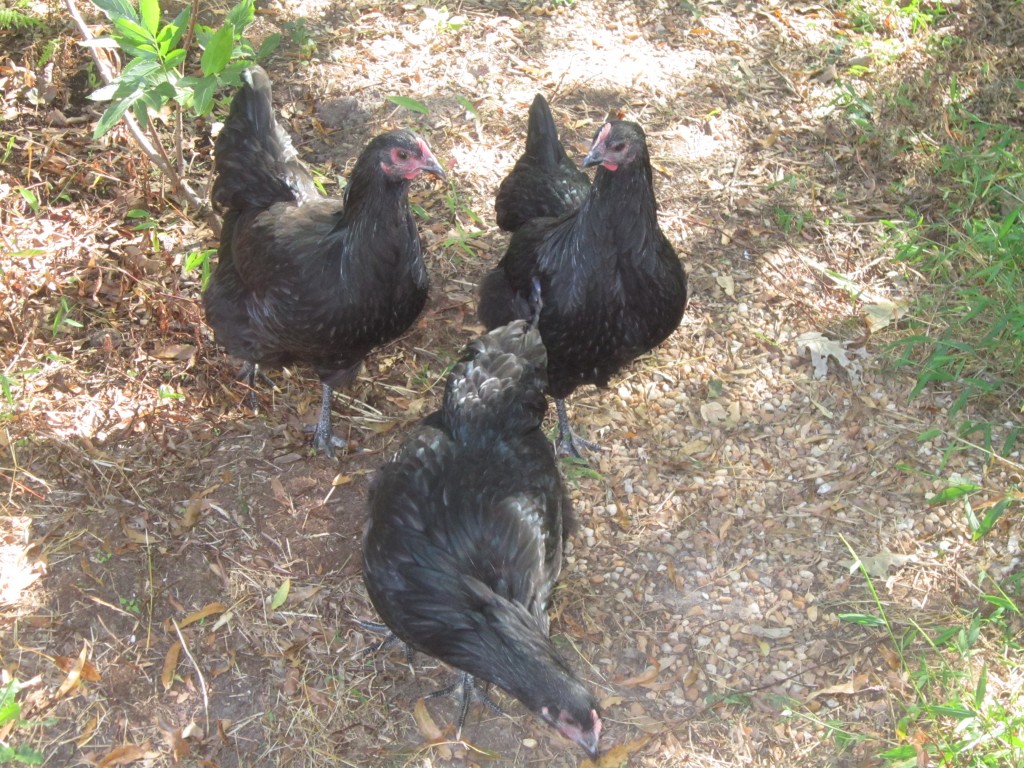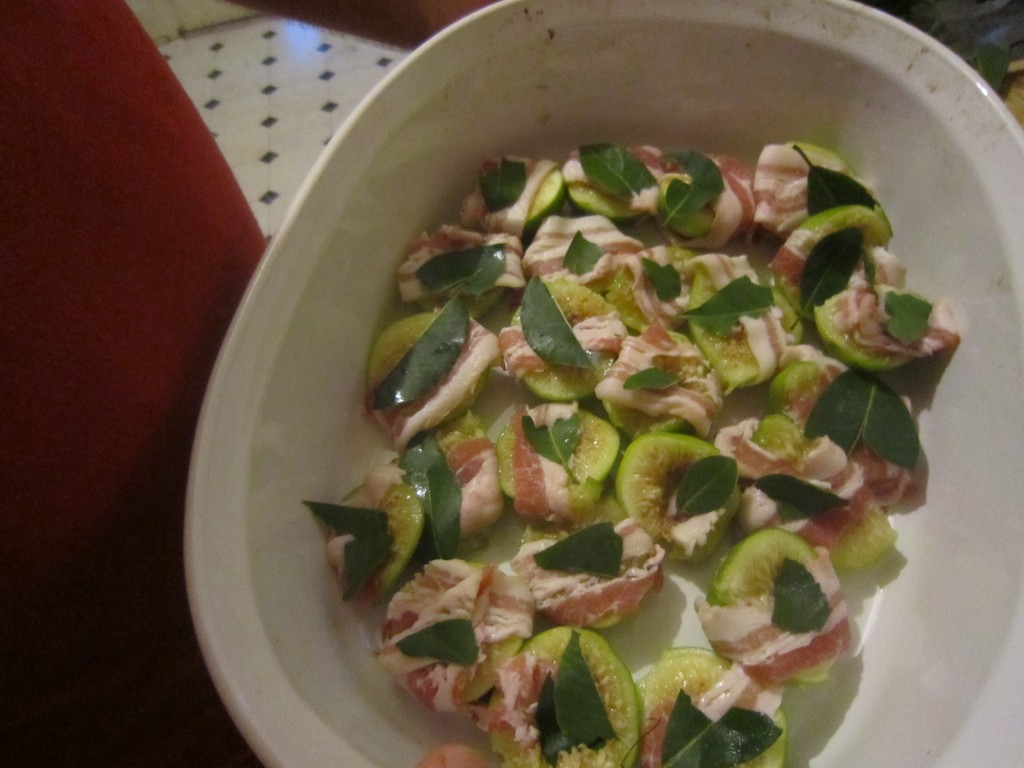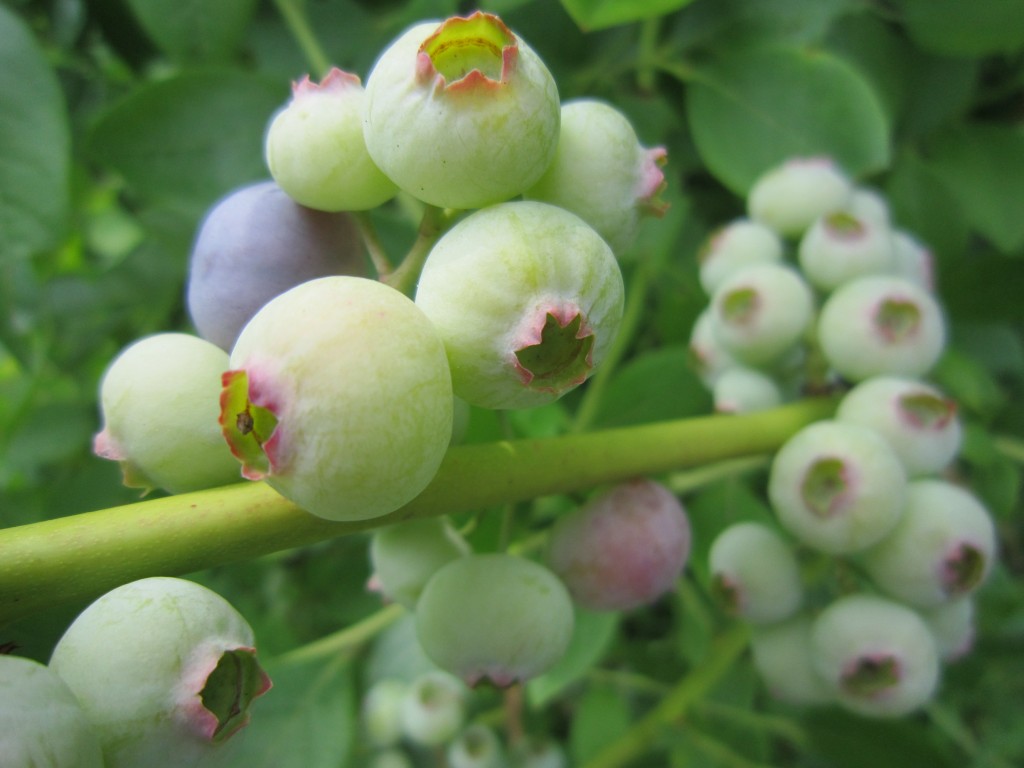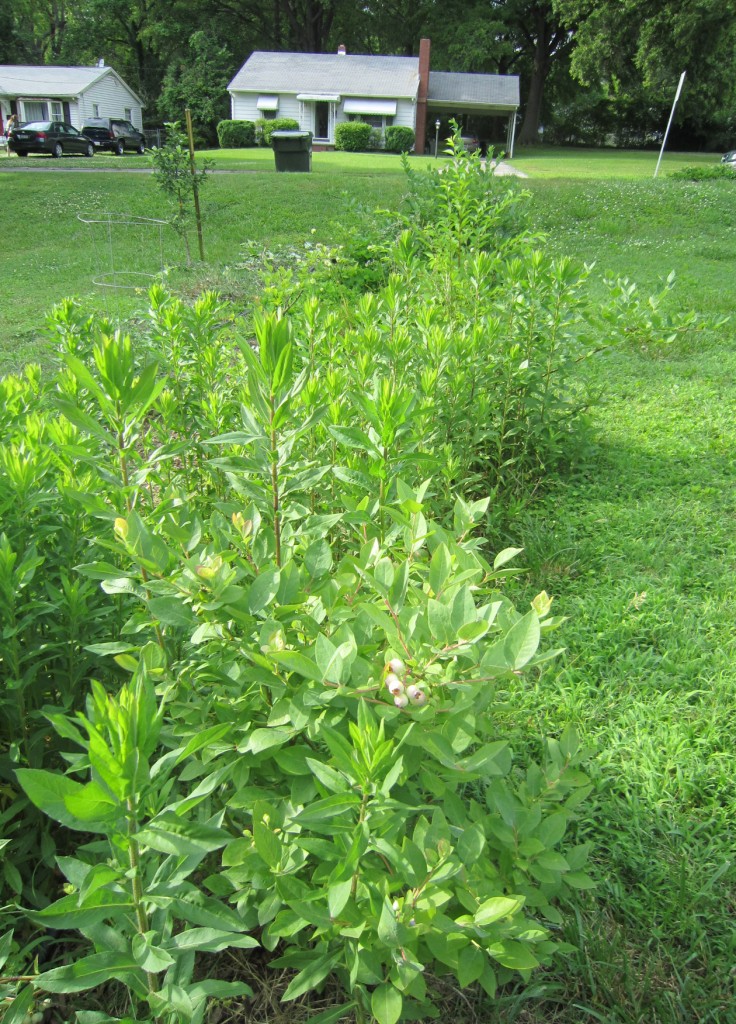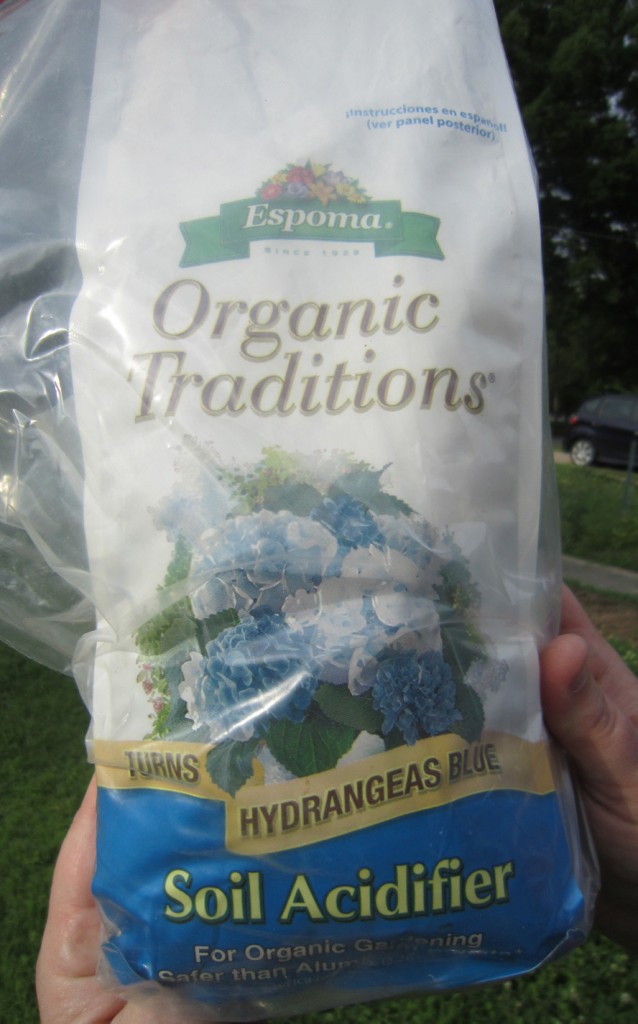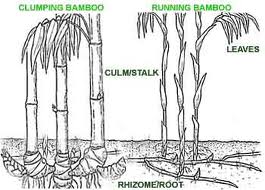This weekend Levi and I worked and played in the yard together. It’s an exciting time now, as he’s able and interested in helping out on the “Family Farm” on Farthing Street.
A few weeks ago we put together a bluebird house and stand. I didn’t let him use the drill of course, but his eyes, much better than mine, were able to find the drill bits for me. We staked the house next to the pond and I told Levi I bet they will love it here at Farthing Pond. We just have to be patient and wait.
Saturday the bluebirds arrived. We watched as one sat on the house, puffed up mightily, defending his territory from cardinals and thrushes. This morning, Levi jumped out of bed, opened the curtain and was delighted to see one of the bluebirds sitting on the house.
Outside, daffodils were everywhere like little coming attractions for spring. Together we planted tulips, which he’d picked out at the garden store for Shawnna (he knows they are her favorite flower.)
As we planted the tulips in a row in front of the daffodils, we’d dig up the occasional grub worm. I explained to Levi how bluebirds loved them and we left some as a present for our new friends.
Levi called the ground squishy in some places and he was right. We’ve gotten so much rain this winter. Over the last couple of months, when it hasn’t been raining, we’ve been expanding our bioretention area in the back. The pitcher plant bog is saturated with water and has looked like a small creek at times during the recent rains.
The plants are loving all the extra water that we are catching coming down our sloped yard. For example, we have 3 paw paw trees that are budding now. The trees sit next to a fake stream bed that I carved out at the top of the yard in the back. Paw paws are river trees. We might actually have some to eat this year.
Another example: in front of the bog we have a blueberry bush that is almost eight feet tall. It’s grown like a weed this winter. It’s also expanding sideways and is taken over everything with little runners sticking out all over the place
There should be enough berries for both birds and humans this year.

